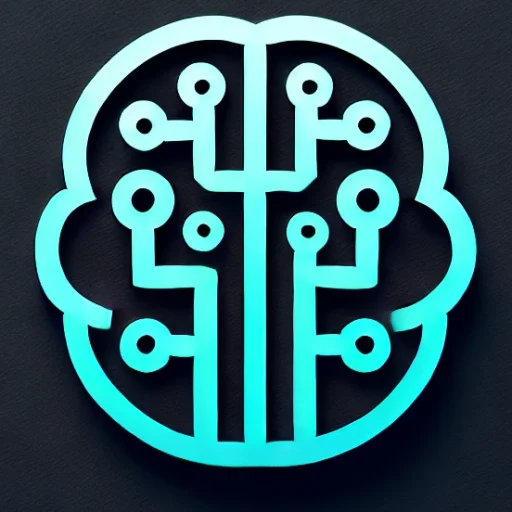
Introduction
In today’s rapidly evolving technological landscape, one topic stands out not just for its groundbreaking potential but also for its widespread implications across numerous industries: Generative AI. This subset of artificial intelligence isn’t new, yet recent developments have catapulted it into the spotlight. From creating art and music to writing code and generating realistic deepfakes, Generative AI is poised to redefine how machines contribute to human creativity and problem-solving. But what makes Generative AI the most significant and relevant topic in AI and computing right now? Let’s delve into the details.
Key Insights & Latest Advancements
Generative AI revolves around creating data-driven content that resembles human ingenuity. The technology primarily hinges on models like Generative Adversarial Networks (GANs), Variational Autoencoders (VAEs), and transformer-based models like the GPT series. Recent advances have showcased their impact, improving the fidelity and applicability of generated content.
For instance, OpenAI’s GPT-4 has demonstrated unprecedented capabilities in natural language understanding and generation, setting new benchmarks in conversational AI. Similarly, the development of diffusion models has further enhanced the quality and resolution of generated images, enabling nearly indistinguishable results from real photos. These breakthroughs represent a significant leap, illustrating the maturation of generative capabilities and their potential to innovate traditional tasks.
Real-World Applications
The applications of Generative AI extend across diverse domains, signaling a transformative wave:
- Creative Industries: Artists and designers now leverage AI tools to co-create visuals, music, and narratives, pushing the boundaries of traditional art forms.
- Healthcare: Generative models assist in drug discovery by simulating molecular interactions, thereby accelerating the development of new treatments.
- Entertainment and Media: AI-generated content is increasingly seen in video games and films, where it can produce realistic scenarios and characters at scale.
- Manufacturing and Robotics: Generating optimized design prototypes in engineering and production allows for efficient and innovative solutions.
These applications not only illustrate current capabilities but also pave the way for future integrations where AI augments human creativity and competence.
Challenges & Future Outlook
Despite its promise, Generative AI faces several hurdles. Ethical considerations regarding authenticity, copyright, and misinformation are paramount, as deepfake technology raises concerns over privacy and security. Moreover, the computational resources necessary for training large generative models pose challenges in terms of energy consumption and environmental impact.
Looking forward, the focus will likely be on refining artificial intelligence frameworks through responsible AI practices and sustainable model training methods. The evolution of hybrid systems, which blend generative models with other AI paradigms, may provide more holistic solutions, overcoming current limitations and enhancing utility.
Conclusion
Generative AI is reshaping the contours of innovation across multiple sectors. Its ability to mimic and enhance human creativity not only disrupts traditional processes but also offers exciting opportunities for novel applications. As we navigate these advancements, addressing the ethical and environmental challenges will be crucial to harnessing the full potential of Generative AI. In this dynamic era of technological transformation, staying ahead of the curve could very well mean engaging with the capabilities that Generative AI introduces.
In summary, Generative AI stands as a cornerstone of the future of machine learning, with its implications touching every aspect of human endeavor. The coming years are set to witness its integration on a broader scale, accentuating its pivotal role in driving the next phase of the AI revolution.

